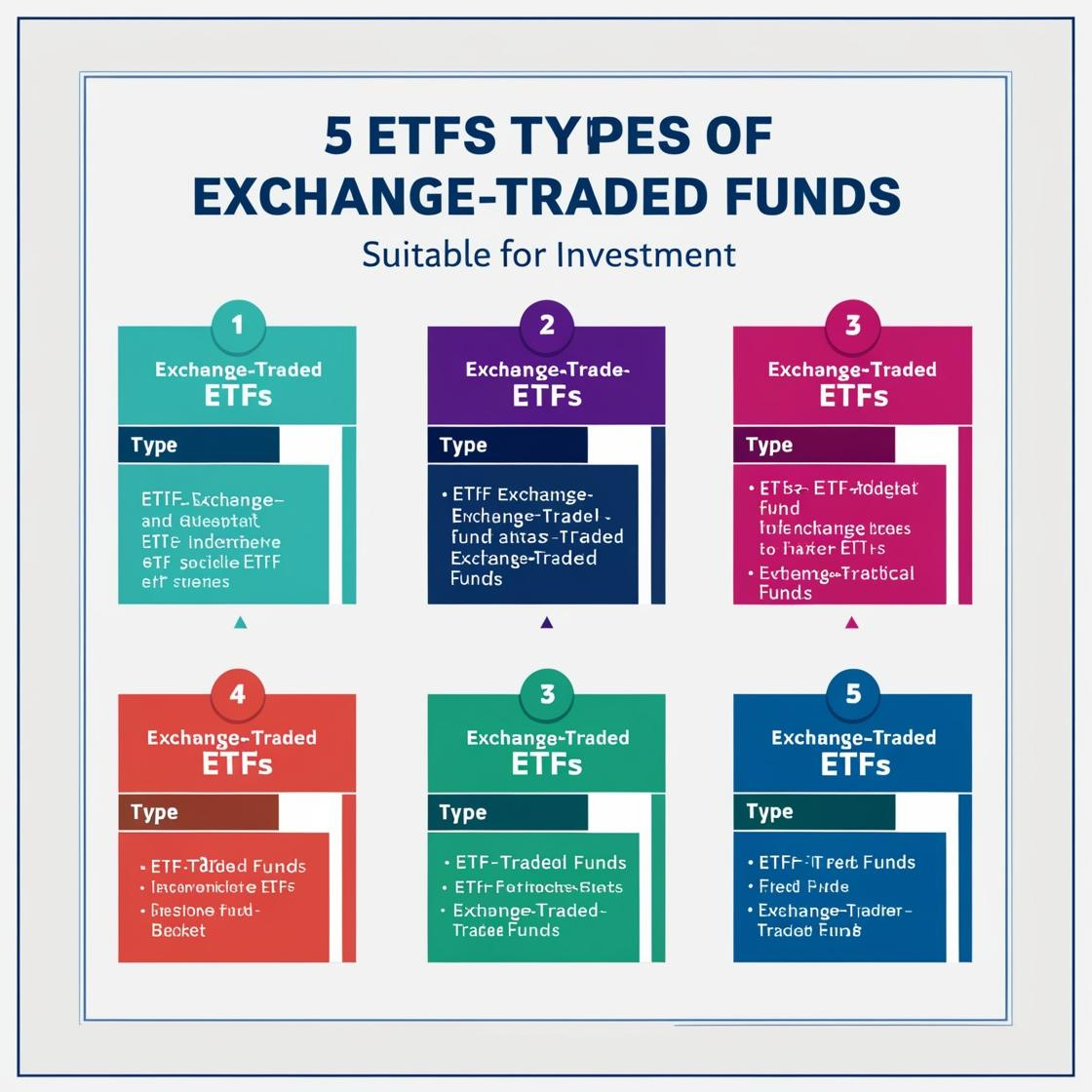
Getting Started with Investing: A Beginner’s Guide
Investing is a powerful tool for building wealth over time, but for beginners, it can seem daunting. Understanding the basics and having a clear strategy are key to navigating the world of investments. Here’s a comprehensive guide to help you get started on your investing journey:
Understanding Investment Basics
Investing involves putting your money into assets with the expectation of generating returns over time. These assets can include stocks, bonds, mutual funds, real estate, and more. The goal is to grow your wealth through capital appreciation, dividends, or interest income.
Steps to Start Investing
1. Set Financial Goals
– Short-Term Goals: Such as saving for a vacation or purchasing a car.
– Long-Term Goals: Like funding your retirement or children’s education.
Clear goals will help you determine your investment strategy and risk tolerance.
2. Educate Yourself
– Understand Different Investment Options: Research stocks, bonds, mutual funds, ETFs (Exchange-Traded Funds), and other investment vehicles.
– Learn about Risk and Return: Higher returns often come with higher risk. Assess your risk tolerance based on your financial goals and timeline.
3. Establish an Emergency Fund
– Before investing, ensure you have a financial safety net. Aim for 3-6 months’ worth of living expenses in a readily accessible savings account.
4. Pay Off High-Interest Debt
– Prioritize paying off credit card debt or high-interest loans. It’s generally more beneficial to eliminate these debts before investing.
5. Start with Employer-Sponsored Plans
– 401(k) or Similar Plans: If offered by your employer, contribute at least enough to receive the full employer match. These accounts offer tax advantages and automated savings.
6. Open an Individual Investment Account
– Brokerage Account: Choose a reputable brokerage firm that offers low fees and user-friendly platforms for buying and selling investments.
7. Diversify Your Investments
– Asset Allocation: Spread your investments across different asset classes (stocks, bonds, real estate) to manage risk.
– Diversification: Invest in different sectors and geographic regions to reduce the impact of market fluctuations.
8. Invest Regularly and Consistently
– Dollar-Cost Averaging: Invest a fixed amount regularly (monthly or quarterly), regardless of market conditions. This strategy can lower average costs over time.
9. Monitor and Rebalance
– Review Your Portfolio: Regularly assess your investments to ensure they align with your goals and risk tolerance.
– Rebalance: Adjust your portfolio periodically to maintain your desired asset allocation.
Tips for Successful Investing
– Stay Informed: Keep up with financial news and market trends.
– Avoid Emotional Decisions: Stick to your investment strategy, even during market fluctuations.
– Seek Professional Advice: Consider consulting a financial advisor for personalized guidance, especially for complex investment strategies or large portfolios.
Conclusion
Starting to invest is a significant step towards achieving financial security and building wealth over the long term. By setting clear goals, educating yourself about investment options, and following a disciplined approach, you can lay the foundation for a successful investment journey. Remember, patience and consistency are key virtues in investing. Start small, stay focused on your objectives, and adapt your strategy as your financial situation evolves. With time and dedication, investing can become a rewarding pathway to financial independence.
Investing wisely requires careful consideration of your goals, risk tolerance, and financial circumstances. By following these steps, you can begin your investing journey with confidence and set yourself up for a more secure financial future.









